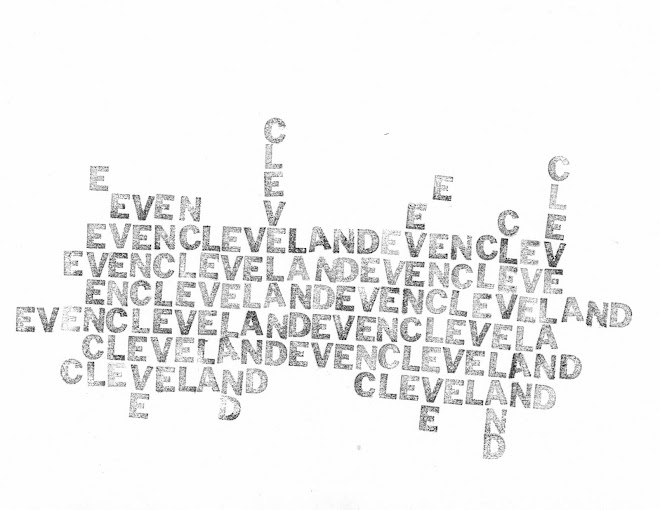*
Mardi Gras 1, costume plate 609. Costume Institute Fashion Plates, The Metropolitan Museum of Art.
*
Gwendolen Mary Raverat, "The Princess Lost," wood engraving on paper, 1926. Via mothflower.
*
*
*
Papier-maché skeleton for Odd Fellows initiation rites, ca. 1890s, at Potter & Potter Auctions.
*
*
Allen Hutchinson plaster cast of the hand of Robert Louis Stevenson (undated), photographed by Fabiola Alondra. Edwin J. Beinecke Collection of Robert Louis Stevenson. Beinecke Rare Book and Manuscript Library, Yale University. Part of Alondra's exhibition of hand-themed objects curated from the collection, "I hold it towards you" that "will present only a glimpse of an otherwise boundless world."
*
Dick Higgins, "Danger Music Number Seventeen,” 1962.
Theo Tait, "A Dreadful Drumming," London Review of Books Vol. 35 No. 11, June 6, 2013.
From Wikipedia's list of reportedly haunted highways: "On a certain section of the Caterham bypass, spectral females have been seen in the carriageway and crossing the road."
*
There are, according to Clarke, eight main categories of ghostly phenomenon: traditional ghosts (the souls of the dead); elementals (primitive entities that squat in a single place, like kelpies in lochs or disembodied creatures in burial grounds); poltergeists; mental imprint manifestations (the figure seen crossing a particular room at a certain time); crisis apparitions (of those who are dying or in mortal danger); time-slip experiences (tourists in Versailles in 1901 find themselves in 1792); ghosts of the living; and haunted inanimate objects. In practice there’s a lot of crossover between the categories, and a vast number of accounts – at least of those that come with a backstory–include one or all of certain salient elements: a crime, an untimely or violent death, and some problem with the funeral rites or legacy. These, it seems, are what cause the veil between worlds to lift, even today. The Society for Psychical Research investigated a case in 1998 at Westwood Hall in Staffordshire. The caretaker was writing about Prudentia Trentham, who is supposed to haunt the house, when the spellcheck replaced her name with ‘dead,’ ‘buried,’ ‘cellar.’ (Ghosts have always kept up with the available technology, invading photographs, audio equipment and even the Caterham bypass on the A22.)
Theo Tait, "A Dreadful Drumming," London Review of Books Vol. 35 No. 11, June 6, 2013.
*
*
I felt like a ghost. At night, my sister would appear in my dreams. In the dreams, she hadn’t died. It had all been a misunderstanding. And she felt hurt that I had accepted it as real and continued on with my life, as if life could go on.
But as I said, it wasn’t my life that was going on—not the life I’d had. As I said, I was a ghost. The truth is that, even all these years later, I remain a ghost. You wouldn’t know it if you saw me. I’m not morose or retiring. I laugh a lot. In fact, I’m genuinely happier than many people I know. But I can’t help but feel that, on one level, I do not exist.
Vauhini Vara, "Ghosts." The Believer, August 8, 2021. Vara wrote the story using ChatGPT.
*
We anticipate that within our lifetimes it may become common practice for people to create custom AI agents to interact with loved ones and/or the broader world after death; indeed, the past year has seen a boom in startups purporting to offer such services. We call these generative ghosts since such agents will be capable of generating novel content rather than merely parroting content produced by their creator while living.
Meredith Ringel Morris and Jed R. Brubaker, "Generative Ghosts: Anticipating Risks and Benefits of AI Afterlives."
*
The eyeless screen of dawn. No cock is crowing. Instead, a clock’s serrated circle materialises on a blue sky ... Second by second, time counts down like berries plucked from a branch. The scale eats itself away: the circle dwindles to the last few seconds and vanishes. Valves heat up and burn off the night’s dust. Ghost ions float towards the inner surface of the glass.
The watchers are out there, ready to receive.
Rob Young, The Magic Box: Viewing Britain Through the Rectangular Window. (This is Young's description of television).
*
The partition separating life from death is so tenuous. The unbelievable fragility of our organism suggests a vision on a screen: a kind of mist condenses itself into a human shape, lasts a moment and scatters.
Czeslaw Milosz, diary entry dated September 20, 1987.









